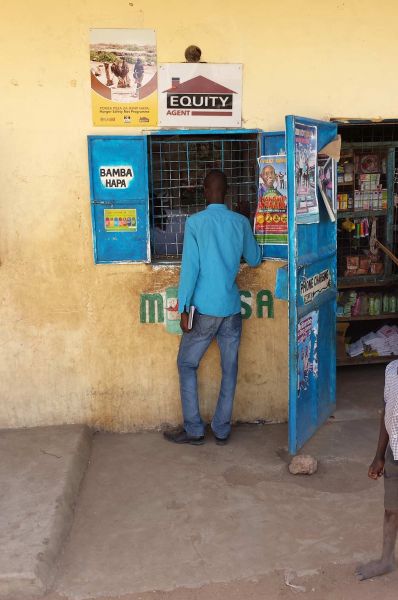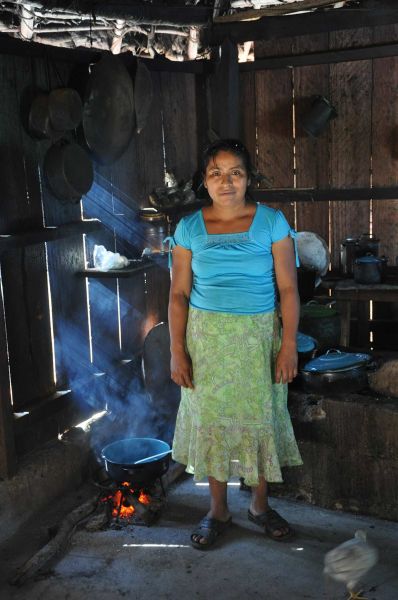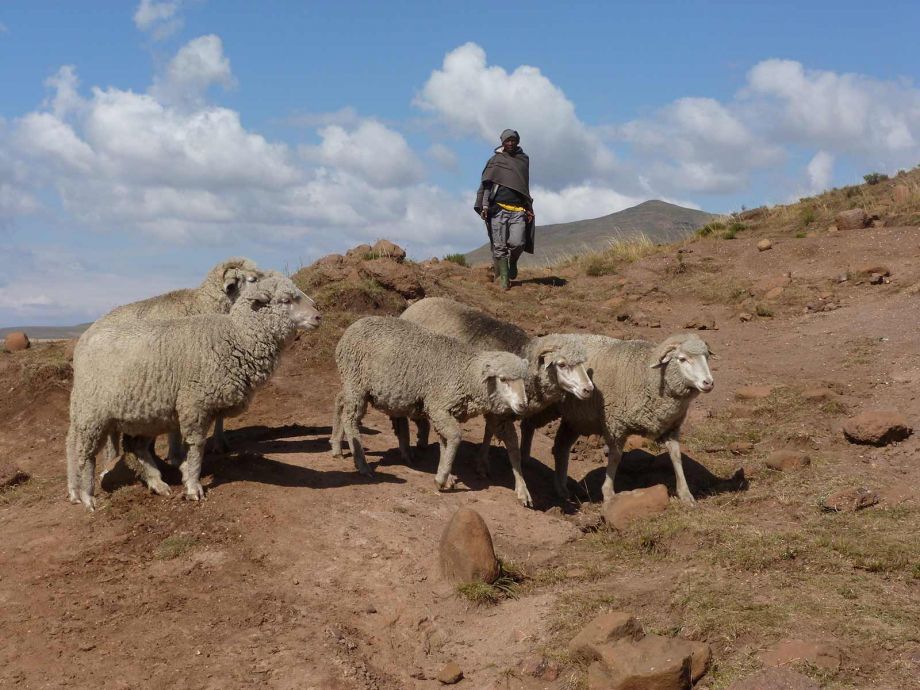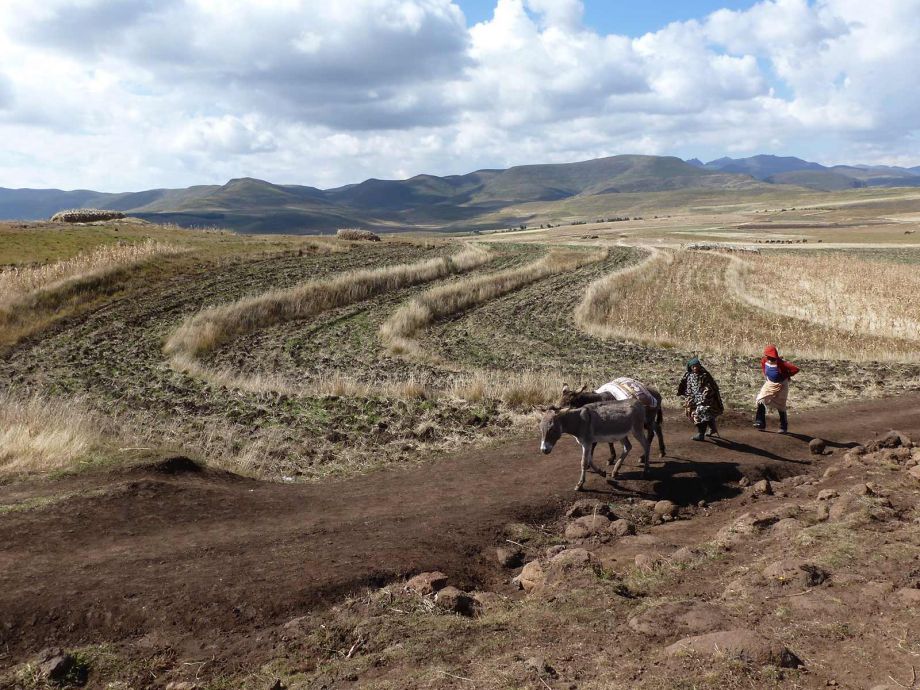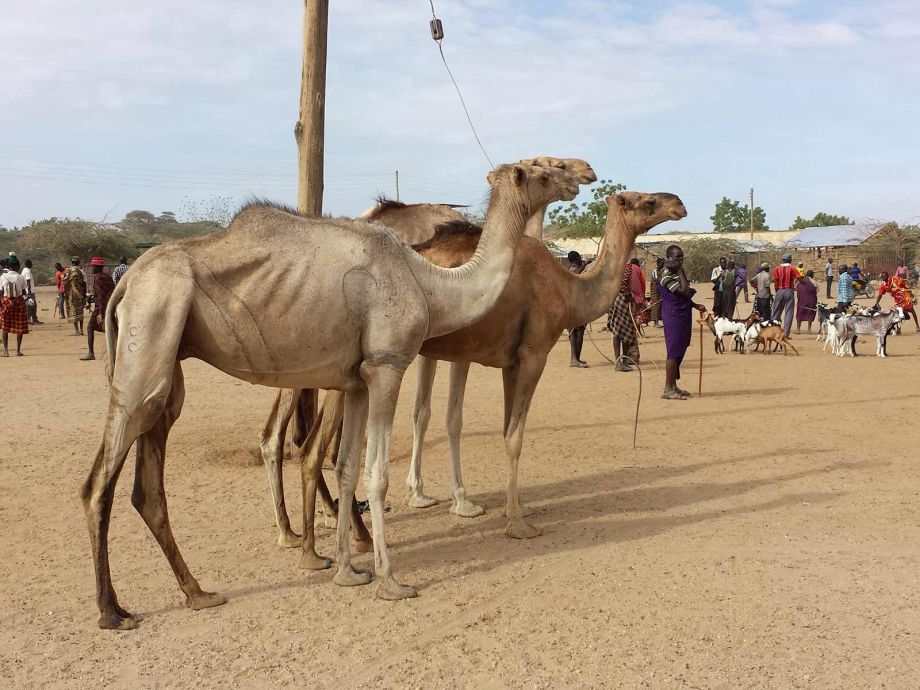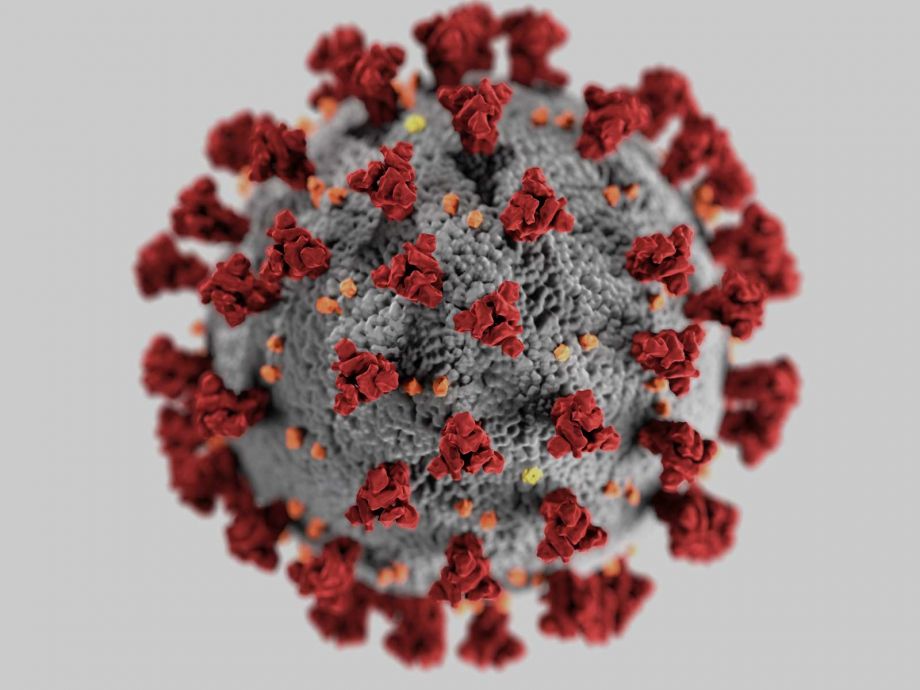Local-economy Impacts of Poverty Programs in Seven African Countries
United Nations Food and Agriculture Organization (FAO), UNICEF, UK Aid.
Funding Agencies: United Nations Food and Agriculture Organization (FAO), UNICEF, UK Aid.
Objective: To document the impacts of social cash transfers on the welfare of recipients as well as the communities in which they live.
Methods: RCT experiments, quasi-experimental methods, local economy-wide impact evaluation (LEWIE), Monte Carlo methods.
Approach: LEWIE models constructed from baseline data on both beneficiary and non-beneficiary households were used to simulate direct and indirect (spillover) effects of social cash transfers in seven African countries (Ethiopia, Ghana, Kenya, Lesotho, Malawi, Zambia, and Zimbabwe). Monte Carlo methods make it possible to construct confidence bounds around simulation results. Baseline and follow-on data from Lesotho were used to econometrically estimate spillovers and their distribution across beneficiary and non-beneficiary households.
Key Findings: Each dollar transferred to a poor household raises nominal village income by between $1.27 and $2.52 (see figure). Real-income multipliers are smaller, reflecting impacts of cash transfers on local prices, but all are significantly greater than 1.0. Econometric findings from a randomized control trial (RCT) in Lesotho reinforce LEWIE simulation findings of significant positive income spillovers there.

Source for Table: Thome, Taylor, Filipski, Davis, and Handa (2016), The Local Economy Impacts of Social Cash Transfers: A Comparative-country Analysis. FAO, Protection to Production (PtoP) Project; http://www.fao.org/economic/ptop/publications/reports/en/.
Findings appear in various journal articles* and here. Ghana’s President John Dramani Mahama cited our key finding for his country while opening the Pan-African Conference on Inequalities: “LEAP has had a positive impact on local economic growth. Beneficiaries spend about 80 percent of their income on the local economy. Every GH1 transferred to a beneficiary has the potential of increasing the local economy by GH2.50.” President Mahama’s goal in citing our work was to demonstrate that social protection and economic growth can be complements—an insight that no other research had provided.
Ed Taylor explains LEWIE at the FAO "Protection to Production" conference.
* Journal Articles:
Filipski, M.J., Taylor, J.E., Thome, K.E. and Davis, B., 2015. Effects of treatment beyond the treated: a general equilibrium impact evaluation of Lesotho's cash grants program. Agricultural Economics, 46(2), pp.227-243;
Thome, K., Filipski, M., Kagin, J., Taylor, J.E. and Davis, B., 2013. Agricultural spillover effects of cash transfers: What does LEWIE have to say?. American Journal of Agricultural Economics, 95(5), pp.1338-1344;
Filipski, M. and Taylor, J.E., 2012. A simulation impact evaluation of rural income transfers in Malawi and Ghana. Journal of Development Effectiveness, 4(1), pp.109-129.
Taylor, J.E., Thome, K. and Filipski, J., Local Economy-Wide Impact Evaluation of Social Cash Transfer Programmes (2016). Chapter 5 in B. Davis et al. (editors), From Evidence to Action: The Story of Cash Transfers and Impact Evaluation in Sub Saharan Africa. Oxford: Oxford University Press, 2016.
